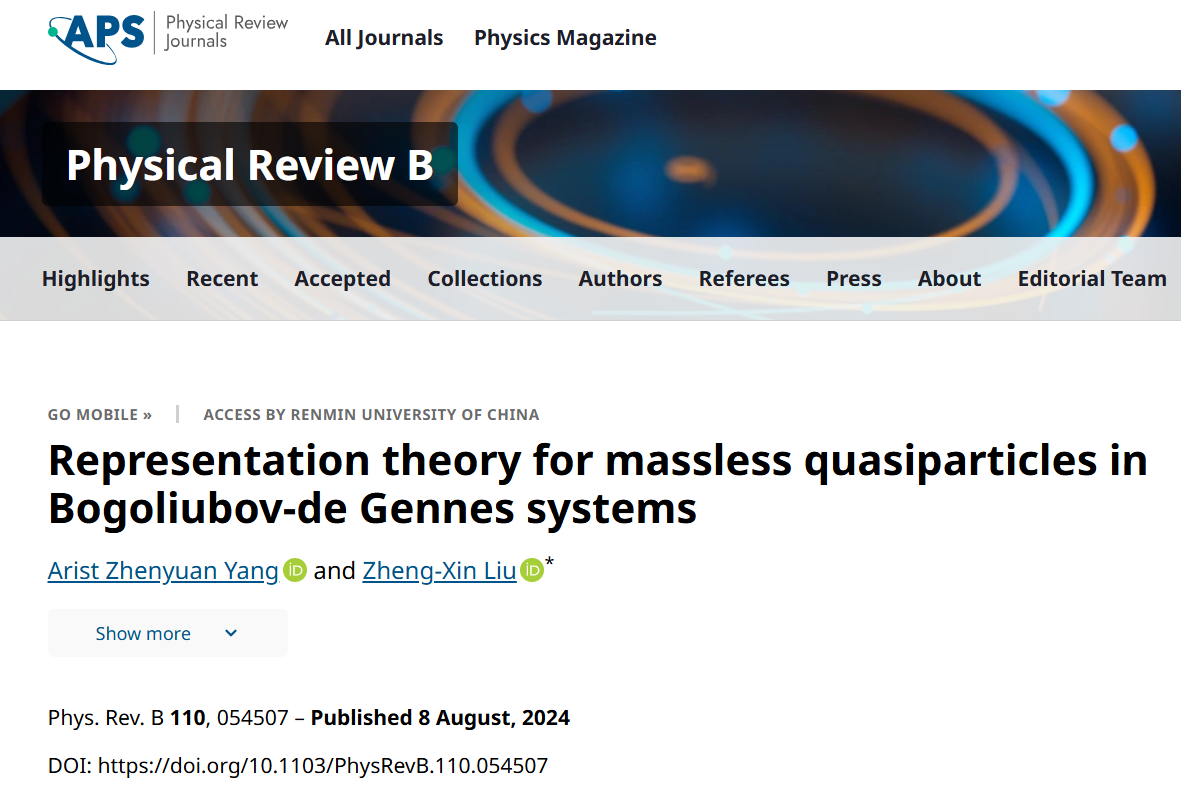Linearly dispersive gapless quasiparticles can appear at general momentum points or on high-symmetry momentum lines of superconductors because of topological reasons such as K theory or symmetry indicators theory. However, the zero modes associated with these quasiparticles are generally “accidental” from symmetry point of view. In this paper, we apply projective representation (rep) theory to analyze the bulk gapless quasiparticles in BdG systems. Different from the description of semimetals, the particle-hole “symmetry” requires special treatment since it anticommutes with the BdG Hamiltonian. Accordingly, the notion of “simple irreducible reps (irreps)” and “composite irreps” are introduced to label the energy modes. Without charge conjugation symmetry (unitary symmetry that commutes with the Hamiltonian), no robust zero modes exist at any fixed momentum point in the bulk. However, robust zero modes at certain high-symmetry momentum points can be protected by (effective) charge conjugation symmetries, resulting in gapless quasiparticles with linear, quadratic, or higher-order dispersions. The low-energy properties of the quasiparticles, including the dispersions and responses to external probe fields, are dictated by the reps carried by these zero modes from the effective
theory. Our theory provides a framework to classify nodal superconductors/superfluids/quantum spin liquids with specified (projective) symmetry group, and sheds light on the realization of Majorana-type massless quasiparticles in condensed matter physics.

论文链接:Physics Review B110,054507 (2024)(预印版arXiv:2405.20298).
